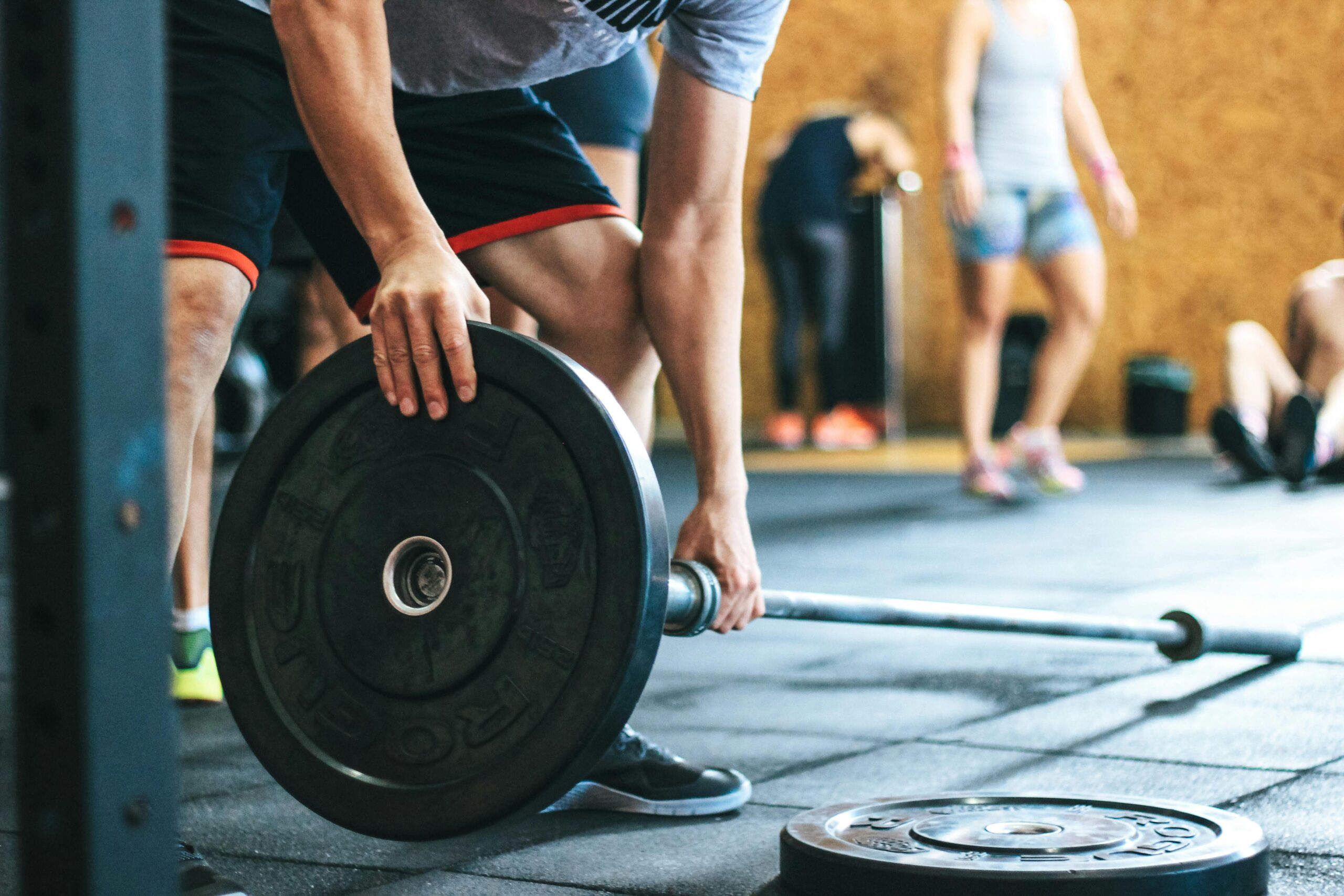Introduction
Active aging isn’t about simply living longer; it’s about living well for longer. It’s about maintaining physical and mental health so you can continue to enjoy life to the fullest. Two key pillars of active aging are nutrition and physical activity. This guide provides actionable strategies to help you eat well and move more, empowering you to embrace a vibrant and fulfilling later life.
Nourishing Your Body: Eating Well for Active Aging
Understanding Nutritional Needs for Seniors
As we age, our bodies change, and so do our nutritional needs. Metabolism slows down, and we may require fewer calories but increased intake of certain vitamins and minerals. Focus on nutrient-dense foods to maximize the benefits from each bite.
Essential Nutrients for Healthy Aging
- Protein: Crucial for maintaining muscle mass and strength. Include lean meats, poultry, fish, beans, lentils, and tofu in your diet.
- Calcium and Vitamin D: Essential for bone health. Consume dairy products (or fortified alternatives), leafy green vegetables, and consider vitamin D supplementation after consulting with your doctor.
- Fiber: Promotes digestive health and helps regulate blood sugar. Opt for whole grains, fruits, vegetables, and legumes.
- Healthy Fats: Important for brain function and overall health. Include sources like avocados, nuts, seeds, and olive oil.
- Vitamin B12: Supports nerve function and red blood cell production. Often, absorption decreases with age, so consider fortified foods or supplements.
Sample Meal Plan for Active Aging
- Breakfast: Oatmeal with berries and nuts, a hard-boiled egg, and a glass of fortified milk.
- Lunch: Salad with grilled chicken or fish, whole-grain bread, and a side of fruit.
- Dinner: Baked salmon with roasted vegetables (broccoli, carrots, sweet potatoes) and quinoa.
- Snacks: Yogurt, a handful of almonds, or a piece of fruit throughout the day.
Hydration is Key
Dehydration is a common issue in older adults. Drink plenty of water throughout the day, even if you don’t feel thirsty. Carry a water bottle with you as a reminder.
Staying Active: Moving More for a Fulfilling Life
Benefits of Regular Exercise for Seniors
Physical activity offers a multitude of benefits, including improved physical strength, balance, cognitive function, and mood. It can also help manage chronic conditions like arthritis and diabetes.
Types of Exercise to Incorporate
- Aerobic Exercise: Improves cardiovascular health. Activities include walking, swimming, cycling, and dancing.
- Strength Training: Builds muscle mass and strength. Use weights, resistance bands, or bodyweight exercises.
- Flexibility Exercises: Improves range of motion and reduces risk of injury. Practice stretching and yoga.
- Balance Exercises: Enhances stability and prevents falls. Try Tai Chi or standing on one foot.
Creating a Safe and Effective Exercise Routine
Start slowly and gradually increase the intensity and duration of your workouts. Always warm up before exercising and cool down afterward. Listen to your body and take breaks when needed. Consult with your doctor or a physical therapist before starting a new exercise program, especially if you have any underlying health conditions.
Incorporating Activity into Daily Life
- Take the stairs instead of the elevator.
- Park farther away from the store entrance.
- Go for a walk during your lunch break.
- Do some gardening or yard work.
- Join a fitness class or a walking group.
Overcoming Barriers to Exercise
Common barriers to exercise include lack of time, motivation, and physical limitations. Find activities you enjoy and make them a regular part of your routine. Enlist the support of friends or family members to stay motivated. Modify exercises to accommodate your individual needs and abilities.
Conclusion
Eating well and moving more are essential components of active aging. By prioritizing nutrition and physical activity, you can significantly improve your physical and mental health, maintain your independence, and enjoy a vibrant and fulfilling life. Remember to consult with healthcare professionals to create a personalized plan that meets your individual needs and goals. Embrace these strategies and unlock the potential for a healthier, happier, and more active future!
